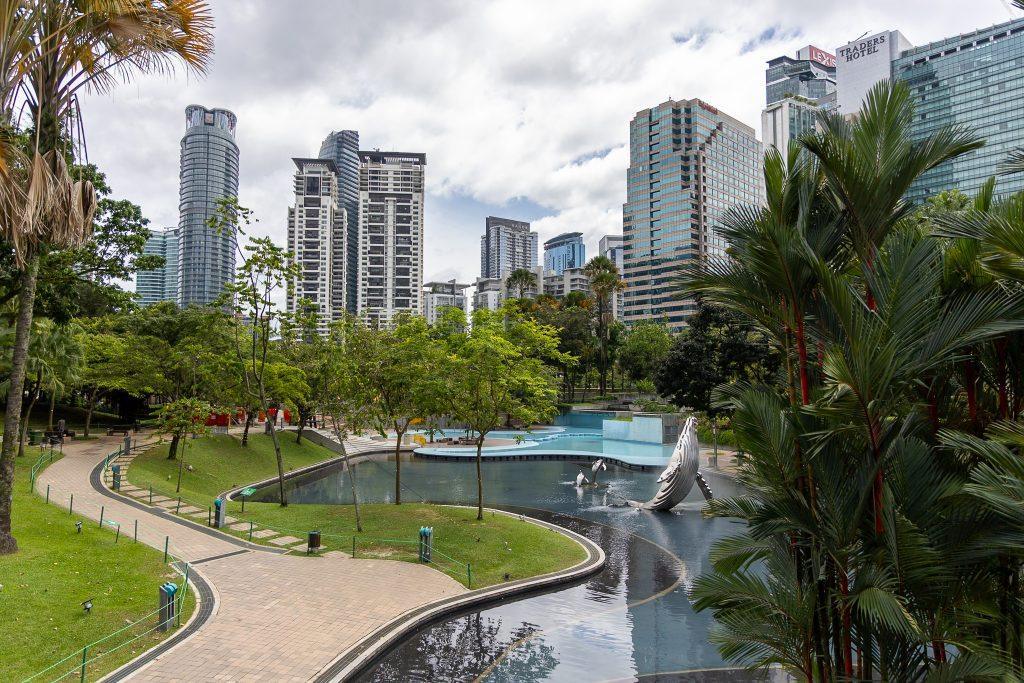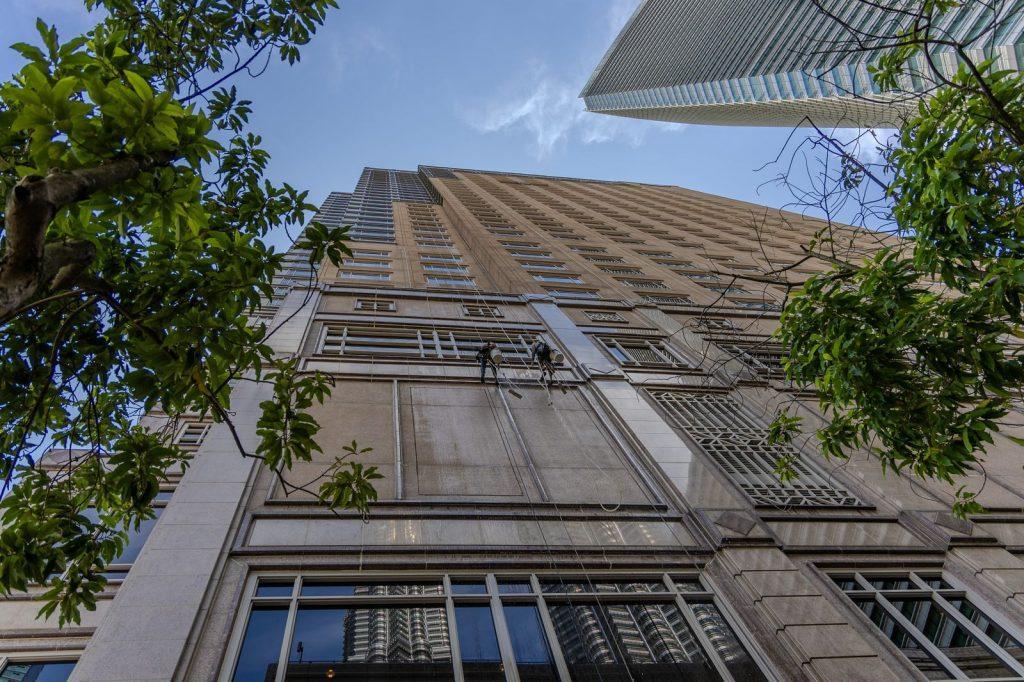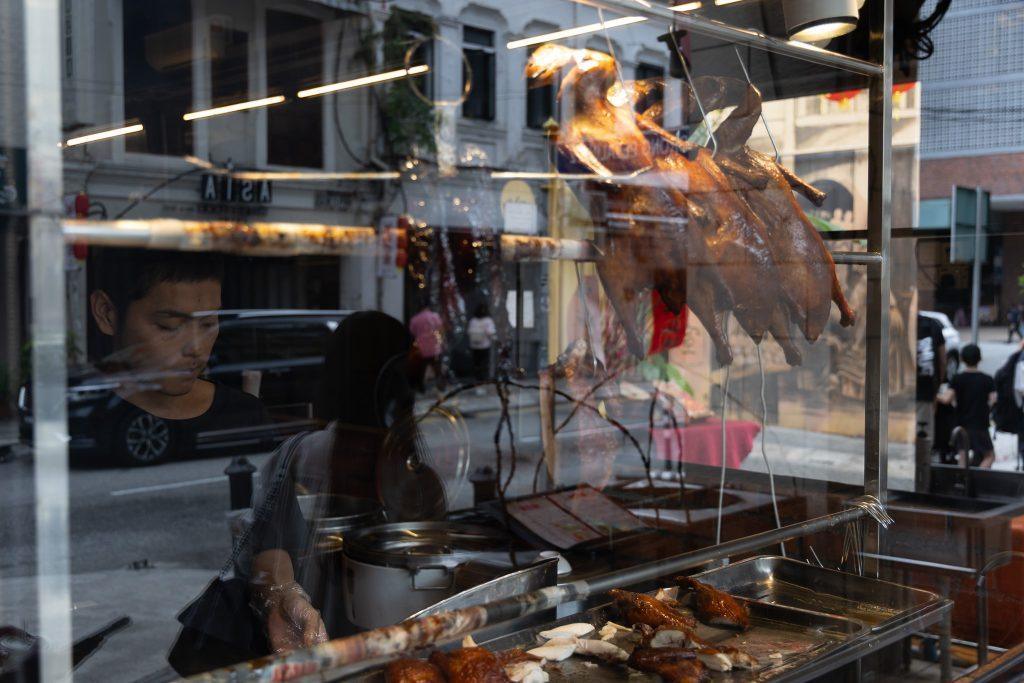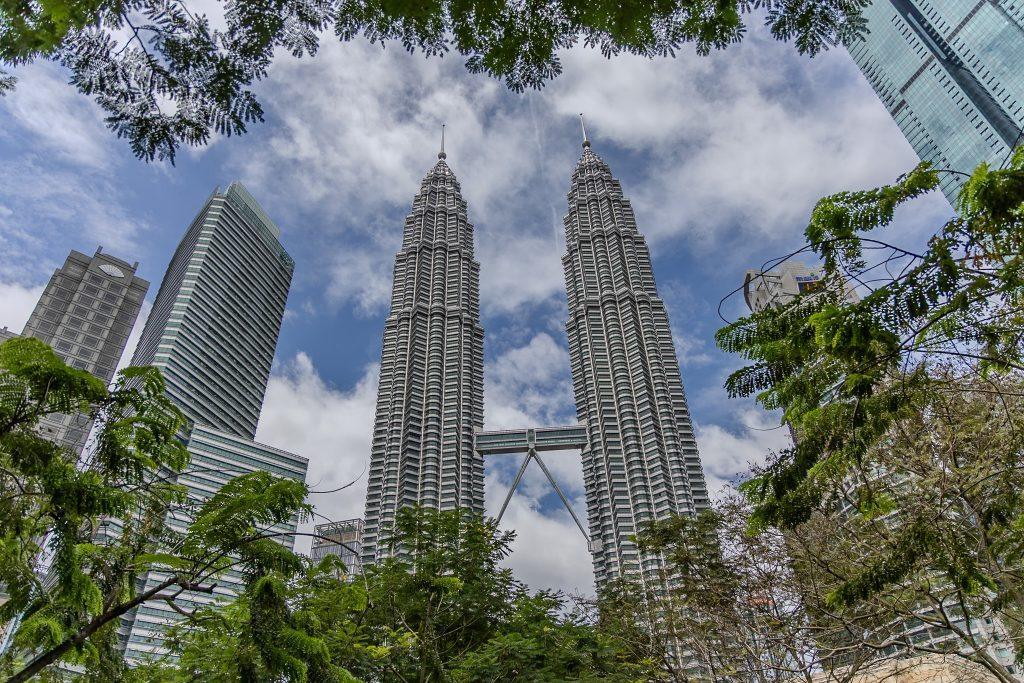At the heart of the Malay Peninsula, Kuala Lumpur rises where two rivers meet: the Klang and the Gombak. Founded in the late 19th century by tin prospectors, Malaysia’s capital has transformed into a dense, multicultural metropolis that proudly embraces verticality. Yet behind its glass towers, KL remains a land of memory and contrasts.
Article & photographs by Damien Lafon.

Kuala Lumpur, a vertical city in search of balance
The Petronas Towers dominate the skyline. A national symbol and architectural landmark, they embody an ambitious vision of modern Malaysia. But around them rise other, quieter forms: night markets, colonial buildings, wooden stilt houses. In this urban kaleidoscope, the layers of time coexist. Today, districts like Bukit Bintang or KLCC illustrate economic growth, while areas such as Chow Kit or Kampung Baru remind us that the city also thrives on deeper roots.
Kuala Lumpur is not limited to its silhouette. It reveals itself in its in-between spaces: between a suspended pedestrian walkway and an alley lined with warung food stalls. The city moves forward, yes, but it does not erase everything.
Pockets of nature holding their ground
Despite rapid urbanization, Kuala Lumpur preserves pockets of greenery. The most emblematic is Bukit Nanas, one of the last fragments of primary rainforest still standing in the heart of an Asian capital. At its foot, KL Tower Eco Park unfolds canopy walkways where macaques, hornbills, and monitor lizards still live.
Further south, the Perdana Botanical Gardens offer shade and refuge to city dwellers. It is also home to the KL Bird Park, where local species thrive in a semi-open environment.
In some outer districts, new community projects aim to replant trees, restore riverbanks, and protect waterways. These green spaces are not anecdotal. They embody the ongoing tension between concrete and biodiversity, raising the question of the right to nature in the megacities of tomorrow.
Kuala Lumpur, a human and spiritual mosaic
The city is a crossroads of cultures. Malays, Chinese, Indians, Orang Asli, expatriates… KL lives through its languages, scents, temples, and sounds. Just a few streets from the national mosque, Masjid Negara, stand the Hindu temple Sri Mahamariamman and the Guan Di pagoda. The city does not segregate: it weaves.
In Brickfields, known as Little India, the scent of jasmine mingles with spiced tea. Colorful fabrics, incense, and Tamil chants echo the diversity of communities that have lived here for generations.
To the east, in Kampung Baru, Malay identity takes a different form. Here, traditional wooden houses resist land-pressure and development. Some families have lived here for over a century. Bougainvillea line the alleys, voices rise at dusk. Far from the vertigo of skyscrapers, another KL unfolds.
Did you know?
Kuala Lumpur means “muddy confluence” in Malay. The city was founded at the meeting point of two rivers, a site considered strategic for tin mining.

City in motion: from dawn’s silence to evening frenzy
At dawn, the city breathes differently. Mosques call to prayer, birds reclaim the power lines, markets set up. In the alleys of Pudu or Kampung Baru, steam rises from pots as early as 6 a.m.
Then, KL speeds up. Elevated trains awaken, horns punctuate intersections, queues form at food courts. Yet amidst the pulse, pauses appear. Passersby linger in the shade, a man reads in the park, a vendor stirs her soup slowly. These fleeting moments draw another map of the city: more intimate, more human.
An urban memory in constant reinvention
As the years pass, the city keeps transforming. Colonial buildings are restored or replaced. Murals emerge on the walls of Jalan Alor. Kuala Lumpur’s memory does not disappear it is reformulated.
Some community initiatives work to preserve this link. Centers like Ruang by ThinkCity host exhibitions, archives, and heritage-sharing programs. Urban photographers document life in changing neighborhoods. Malaysian writers reinterpret the city in their texts, balancing past and future.
Did you know?
Part of the city rests on reclaimed land from tin mining. This has created soil fragility in some districts, requiring constant redevelopment.

Conclusion: reading Kuala Lumpur between the lines
Kuala Lumpur is a city of many speeds, many voices. It displays its glass facades yet lets its roots show beneath the pavement. It questions our relationship with progress, nature, and memory. This is not a city to merely visit. It is a city to listen to.
Follow us on Instagram and Facebook to stay informed and support our media via www.helloasso.com
This article may interest you: The Batu Caves: Hindu sanctuary in the heart of Malaysia
